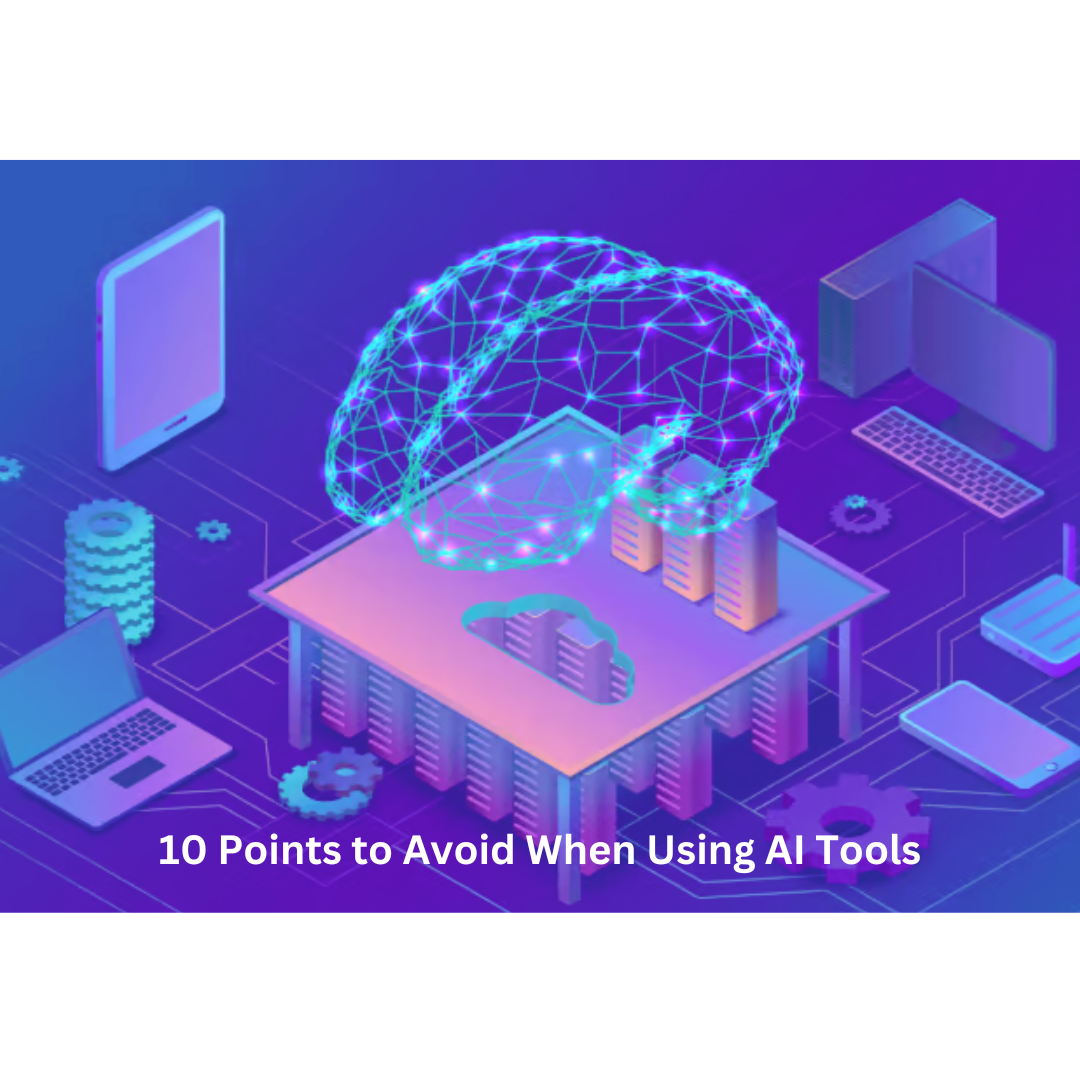Safeguarding the Potential of Artificial Intelligence
Introduction
In this detailed tutorial, as a seasoned SEO specialist and skilled copywriter, I will explore crucial elements that you should steer clear of when employing AI instruments. As technology advances further, AI is becoming increasingly vital in diverse sectors, particularly content generation, advertising, and customer support. However, fully exploiting AI’s potential necessitates deliberate thought and astute application. By imparting our knowledge and expertise, we aim to help you outdo other websites and secure premium Google rankings.
1. Insufficient Data Training
Strong training data form the cornerstone of successful AI development. A popular error involves employing subpar or limited data during AI model training. The tool’s output may be compromised due to incorrect data input. To achieve the best possible outcomes, acquire high-caliber, varied data sets that properly capture the issue at hand.
2. Neglecting Regular Updates
Dynamic AI algorithms are always advancing. If AI tools are not kept current, they may suffer from reduced effectiveness and a less satisfying experience for users. Updating AI models on a regular basis helps keep them aligned with the most recent industry best practices.
3. Ignoring Ethical Considerations
Powerful though they are, AI tools need to be handled with care and integrity. Neglecting ethical evaluations can lead to unjust results, privacy infringements, and other sensitive challenges. These values must be paramount when integrating AI to foster reliance among your audience and safeguard a positive image.
4. Overlooking Human Oversight
While AI tools can automate various tasks, they should never be entirely devoid of human oversight. Relying solely on AI-generated content without human review may lead to errors, inappropriate language, or misinterpretations. Human intervention is essential to maintain quality and ensure that the AI aligns with your brand voice and values.
5. Lack of Customization
Generic AI solutions may not fully meet your specific requirements. So, you should avoid the mistake of doing all in a single formula approach. Tailor AI tools to align with your unique business needs and objectives. Customization allows for a more personalized user experience and can set you apart from competitors.
6. Disregarding User Feedback
User feedback is a valuable resource when optimizing AI tools. Ignoring user suggestions or complaints can result in missed opportunities for improvement. Actively listen to your users, gather feedback, and use it to refine your AI tools continually. Addressing user concerns fosters loyalty and helps you stay ahead of the curve.
7. Not Testing Thoroughly
Before deploying AI tools in a live environment, comprehensive testing is crucial. Rushing into implementation without adequate testing can lead to unexpected issues and disruptions. Perform extensive testing across various scenarios to identify and resolve potential bugs or flaws, ensuring a smooth user experience.
8. Lack of scalability
As your enterprise scales, its AI requirements evolve. Not prioritizing scalability from the beginning can result in needless complications and elevated expenditures as time goes on. Select AI tools that can accommodate your expanding business and address rising demands.
9. Inadequate security
Sensitive data is frequently processed using AI tools, leaving them vulnerable to cyber threats. Not taking necessary safety measures can lead to sensitive information exposure and dire outcomes. Fortify your AI setup with rigorous security standards to shield sensitive information.
10. Dismissing user training
Your staff and customers require adequate training on utilizing your AI technologies. Misunderstanding or neglecting the technology could lead to missed chances. A complete training program investment will enhance your team’s capabilities and unlock the AI tools’ maximum potential.

